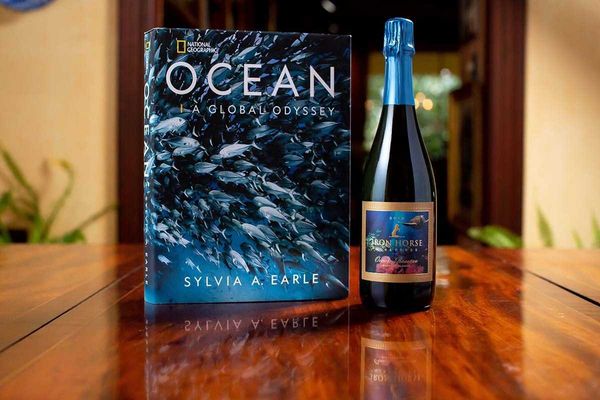One of the top tech companies in San Francisco floating just below the surface of broader consumer consciousness is StumbleUpon, the discovery engine that co-founder and CEO Garrett Camp calls the "forward button for the internet."
StumbleUpon helps you find and share great content out along The Long Tail, and the more you use it the better it becomes at finding those gems that make the web, at its best, so entertaining and informative.
It's a bit unusual among startups in that it's about ten years old, and has already been through a major acquisition (for $75 million by eBay in May 2007) followed by an even more unusual event in April 2009, when its founders, including Camp and his co-founder Geoff Smith, bought it back from eBay at a deep (though undisclosed) discount.
"We call ourselves a restartup," says director of communications Mike Mayzel, one of twenty former Google employees (a quarter of the workforce) who have recently joined StumbleUpon. The company is on a hiring spree from its new office space a block from AT&T Park, and currently has 25 open reqs as part of an expansion fueled by a $17 million Series B round it closed this past spring.
The company's user base has more than doubled to 15 million the past two years, and they collectively now generate a billion stumbles per month. Roughly every 20th stumble results in a sponsored page, which is how the company makes money.
Under this model, there are no banner ads but highly targeted pages that, after being reviewed and approved by StumbleUpon editors, offer products, services or blog posts highly tailored to user preferences. Mayzel says to date users are as likely to "thumbs up" these ad pages as they are other items in their individual Stumblestream.
Speaking of the "thumbs up/down" function, I believe that StumbleUpon was the very first site to implement this option on the web. Camp thinks so too. This was years before Facebook's "Like" button or other similar functions came into use.
Camp says that between 5-10 percent of users take advantage of this rating system, and that 80-90 percent of the resulting actions are "thumbs up," as opposed to "thumbs down." The service uses this data, plus a broad array of demographic information, to algorithmically determine the content discoveries its engine recommends to users.
Factors that are taken into account when matching your tastes with others include your age, gender, geographic location, what platform (web, mobile) you are using, what topics you like, and so on.
Your social network information is important, but interestingly enough, Camp says "a third of the stumbles you get are going to be from people you don't know, but they may be similar to you in certain ways. We strive to preserve the serendipity that makes the web so special and we don't want to pigeonhole people or their interests. Therefore our algorithms are tuned to be broader in some ways because we are promoting exploration vs. exploitation of content."
This is one of two keys, to me, of what makes StumbleUpon work. It is the best service I've found to replicate and continue that early "Aha!" moment of web discovery, when I first comprehended the ability to find entirely new sources of information about anything imaginable back when the web was young.
The other key is that for content creators, there simply is no referral source more effective than StumbleUpon. Recent studies have determined that even Facebook, with its massive audience 50 times bigger than this little discovery engine, cannot drive as much traffic to content sites as StumbleUpon does.
"We're especially better at taking you to stuff that is more hidden," says Camp," especially photos, videos, micro-sites, and blogs."
The company recently negotiated a strategic partnership with LinkedIn to provide customized content to a user's LinkedIn Today page.
While 85% of the service's traffic currently is based in North America, the company is pushing into multiple markets abroad as part of its expansion strategy.
It also has emerged, coincidentally, as the virtual epicenter of the HBase, the open-source, distributed, database movement, which is modeled after Google's Bigtable. HBase guru Michael Stack is in-house, and in the highly competitive world of recruiting engineering talent, the opportunity to work with Stack is proving to be a real draw for the company's talent recruiters.
Camp, who bears a certain resemblance to Giants' catcher Buster Posey, told me that one of the metrics he keeps an eye on these days is the amount of time active Stumblers spend with the service, and he says it is currently running at about seven hours a month, or roughly on a par with that of active users of Facebook.





















